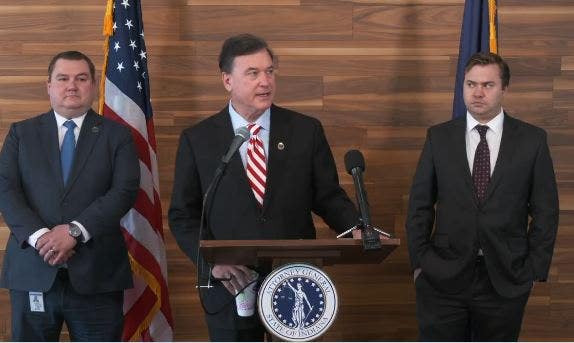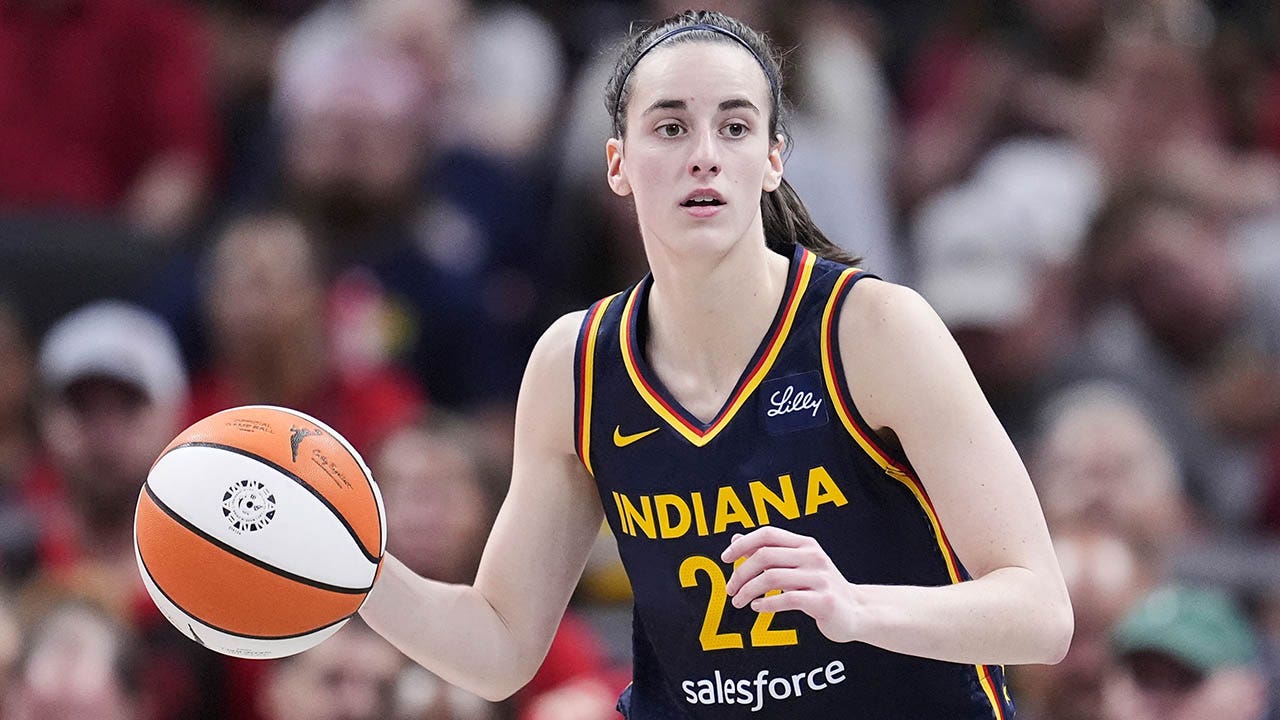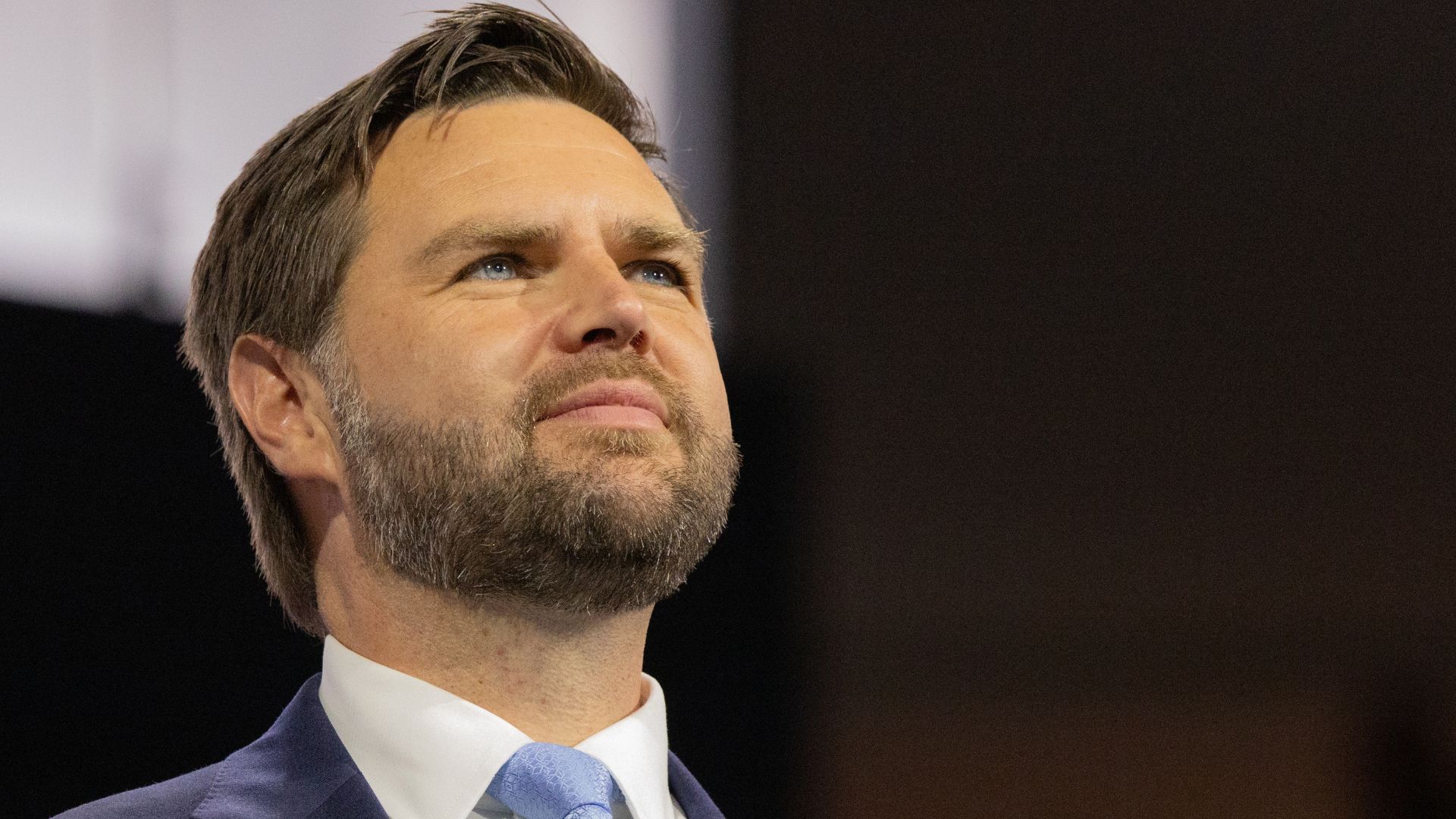A chilling new revelation has emerged about the teenage gunman who wreaked havoc at a Nashville high school this week.
Solomon Henderson, the 17-year-old responsible for murdering a fellow student and injuring two others before taking his own life, appears to have been in contact with another school shooter, Natalie “Samantha” Rupnow, prior to her own deadly attack in Wisconsin last month.
The Nashville shooter has been identified as 17-year-old Solomon Henderson. The other dead victim was 16-year-old Josselin Corea Escalante.
Another male student, 17, suffered a graze wound to the arm and was treated at a hospital and released, police said
Henderson used a… pic.twitter.com/BgBpiw31RH
— Zaki Solja (@zakisolja) January 23, 2025
Celebrate Trump’s Historic 2024 Victory with the Exclusive Trump 47th President Collection!
As reported by The New York Post, Law enforcement sources told ABC News that Henderson’s online activity revealed a connection to Rupnow, the 15-year-old who killed two students at her Christian school in Madison, Wisconsin, before committing suicide.
Disturbingly, Rupnow had reportedly been following Henderson’s social media accounts before her attack, which occurred just a month before Henderson’s rampage in Nashville.
#LATEST : The Antioch High School Shooter Solomon Henderson Made a bunch of references to other Shooters Taking photos of himself imitating their poses and Even dressing up as them.#AntiochHighSchool#AntiochHighSchool #Shooting #NashvilleHighSchool #Tennessee #Nashville… pic.twitter.com/Ayo25bELlv
— upuknews (@upuknews1) January 23, 2025
Henderson’s presence on the social media platform Bluesky has raised eyebrows. On the day before the Nashville shooting, an account linked to him reportedly posted an edited image of Rupnow.
Another cryptic post referenced plans for a shooting involving a second individual, though it remains unclear whether this was related to Rupnow’s December massacre or Henderson’s actions.
Both Henderson and Rupnow shared a morbid fascination with violence and neo-Nazi ideology, according to reports. Their online activity showed admiration for other infamous school shooters, with both referencing the Parkland massacre in Florida.
Nashville school shooter, Solomon Henderson’s manifesto outlines how he admired Hitler, expressed hatred for Jews, and was ‘ashamed to be black’ pic.twitter.com/NQFweQmPiX
— Chay Bowes (@BowesChay) January 23, 2025
Deleted TikTok account tied to Wisconsin school shooter featured ‘Nazi images,’ ADF says | https://t.co/VNOKMMl2P5 pic.twitter.com/PK89hHtHCw
— FOX SA (@KABBFOX29) December 20, 2024
Henderson also posted content about the Uvalde tragedy, while Rupnow expressed interest in the Columbine shooting.
Henderson’s attack unfolded just after 11 a.m. on Wednesday at Antioch High School, located southeast of downtown Nashville. According to police, Henderson rode the bus to school that morning, entered the campus, and hid in a bathroom before emerging with a handgun.
He then confronted 16-year-old Josselin Corea Escalante in the cafeteria, fatally shooting her multiple times. Another student was shot in the arm, while a third sustained minor injuries unrelated to gunfire. Henderson ultimately turned the weapon on himself.
Surveillance footage from inside the cafeteria captured the horrifying moments as students and staff scrambled for safety.
Reports indicate Henderson had penned a disturbing 51-page manifesto outlining violent hatred toward Jewish people and self-loathing stemming from his identity as a black teenager. He blamed his struggles with relationships, labeling himself an “incel,” or involuntarily celibate, for his actions.
Both Henderson and Rupnow idolized other school shooters, sharing images and posts glorifying their crimes. Their parallel paths and overlapping timelines suggest a dark and deeply troubling trend among some young people radicalized online.
Law enforcement continues to investigate potential ties between Henderson and Rupnow. The disturbing similarities in their actions, ideologies, and online behavior paint a grim picture of the influences that fueled their violent ends.
While questions remain, one thing is clear: the glorification of violence and hatred in online spaces demands urgent attention.
Read the full article here







![CBP Busts Iranian Illegal Alien Human Smuggling Hub, Several Tied to Terror Watch List [WATCH] CBP Busts Iranian Illegal Alien Human Smuggling Hub, Several Tied to Terror Watch List [WATCH]](https://www.rvmnews.com/wp-content/uploads/2025/06/2025.06.29-03.10-rvmnews-686157497b6df.jpg)




